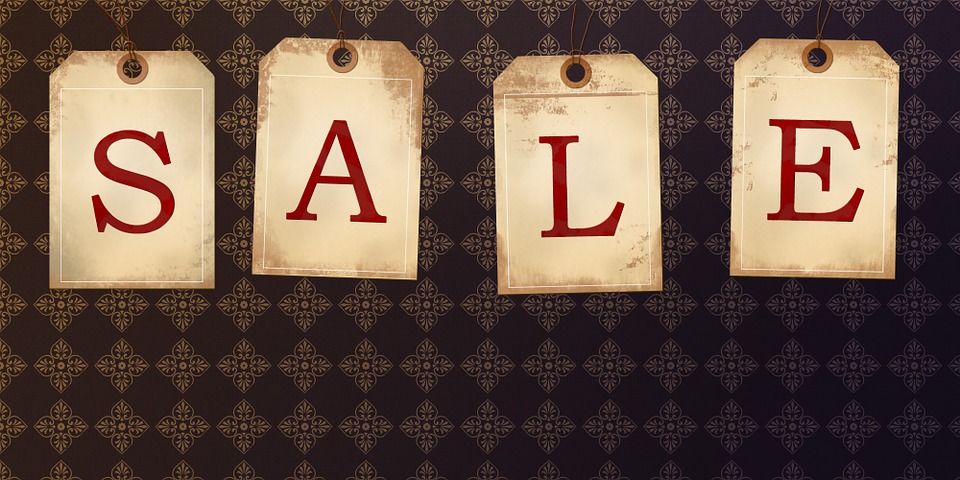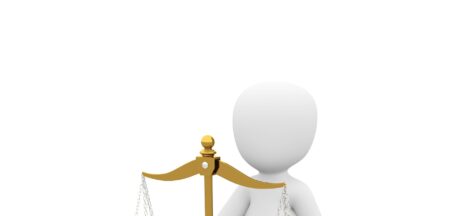People who buy and sell businesses will often look to structure the deal as an asset purchase in an effort to avoid getting stuck with the liabilities of the seller. The general rule is that a company that acquires a seller’s assets is not responsible for the seller’s liabilities simply due to the ownership of those assets. This is in contrast to a merger or consolidation, where the liabilities of the acquired corporation are assumed by the buyer. But in California and most other states, there is no guarantee that a buyer in an asset-only deal will be completely insulated from successor liability.
In recent decades, courts have carved out several exceptions to the general rule against successor liability. There are four well-recognized exceptions. The first applies to situations where there is an express or implied agreement on the part of the buyer to assume the liabilities of the seller.
The second is a “de facto merger,” which occurs when the transaction essentially amounts to a merger or consolidation between the buyer and seller. In order to determine whether a de facto merger has occurred, courts consider the following factors:
- Continuity of management, personnel, physical location, assets and general business operations
- Continuity of ownership
- Dissolution of the seller as soon as possible after the transaction
- Assumption by the buyer of the seller’s obligations necessary for uninterrupted operation of the business
The third exception applies when the asset buyer is a “mere continuation” of the seller. Courts will look for common ownership between the buyer and seller, as well as the common identity of officers or directors. Factors like a continued use of the seller’s name, facilities and employees, or an inadequate consideration paid for assets can also be a red flag.
The fourth exemption occurs when there has been a fraudulent transaction used to evade liabilities for debts. Some indicators a transaction might be fraudulent are if the seller was insolvent at the time of the transfer, inadequate consideration was paid, or the seller was undercapitalized. This exception is rare. Generally, if a transaction is conducted at arms-length and is reasonable it will not be considered fraudulent.
Continuity of Enterprise and Product Line Theory
In addition to these traditional exceptions, there are two relatively new exceptions that have expanded the scope of successor liability. They are what’s known as continuity of enterprise theory and the product line theory.
The continuity of enterprise is an expansion of the de facto merger doctrine. Created by the Michigan Supreme Court in the mid-1970’s, it allows successor liability to be imposed even when there is not a continuation of shareholders and the transaction is structured as a cash transaction.
The product line successor exception was created by the California Supreme Court in a 1977 case called Ray v. Alad Corp. Under this exception, the buyer can be held responsible for product liability claims against the seller when it continues to produce the same product line, uses a similar name as the seller and doesn’t outwardly indicate a change in ownership. Both the continuity of enterprise and product line exceptions apply in a minority of jurisdictions.
Prevention
Some areas of law around successor liability remain largely unsettled. Combine this with the application of the choice of rule law in product liability cases, and many buyers can be at risk for successor liability. With that in mind, there are certain steps buyers should take in order to minimize the potential they will be held responsible for a seller’s liabilities.
First, exercise a high degree of due diligence. Investigate the sources for all potential liabilities created by the seller and its products before a transaction, including the states the products were distributed. Also, pay in cash, not in stock of the buyer. Carefully draft an unambiguous purchase agreement, avoiding any implied assumption of liability by providing that all unwanted liabilities remain with seller. And require the seller to make a financial provision for such liabilities and provide an indemnity to the buyer for liabilities not expressly assumed.
It is also important to avoid the above mentioned red flags that can create successor liability. Don’t adopt the same corporate/trade name. Change locations, employees and the ownership structure as much as possible – don’t install officers, directors in the same roles. Identify a new operating entity, distinct from the seller. Also, require the seller to maintain existence and a minimum net worth after the sale.
In the bankruptcy context, there are some additional steps buyers should take. In a Section 363 purchase in bankruptcy, the buyer can purchase the seller’s assets “free and clear of all liens.” This does not, however, act as an absolute bar against the imposition of future liability. Therefore, the buyer should also provide extensive notice of the proceedings, in national papers, rather than just local papers. Incorporate the sale in the reorganization plan and request the bankruptcy court retain jurisdiction over disputes related to asset sale. Also, seek an injunction from the bankruptcy court preventing the seller’s creditors from suing the buyer and require the seller to set up a trust for unknown future claims.





